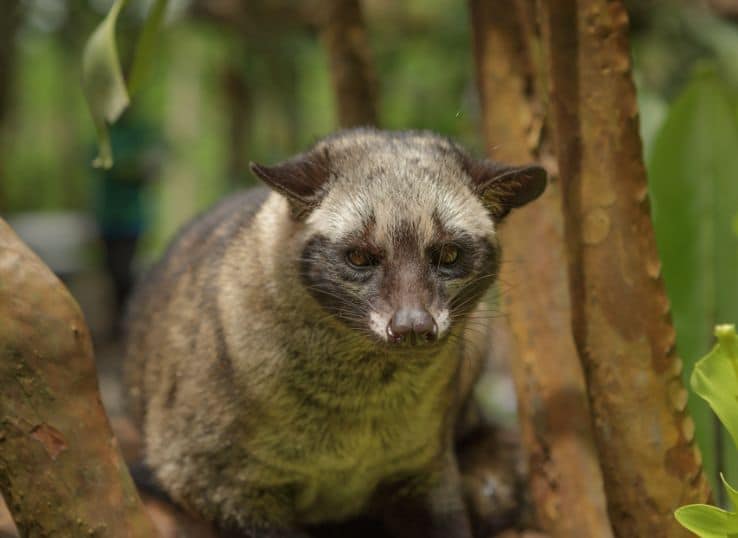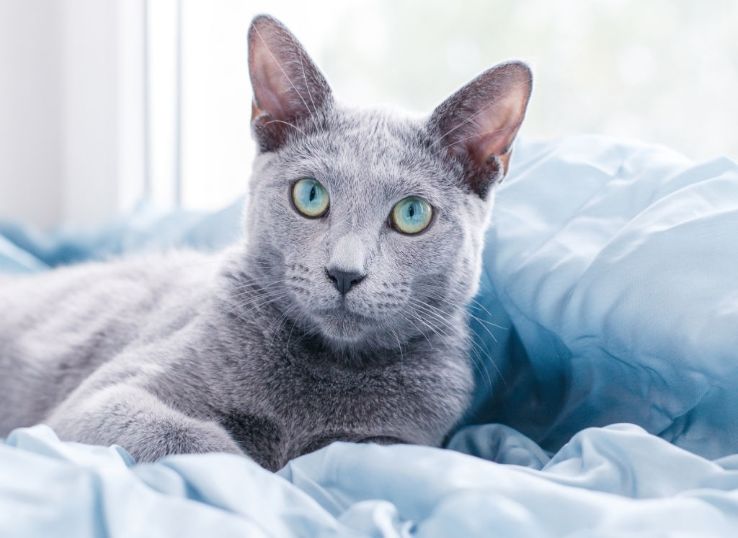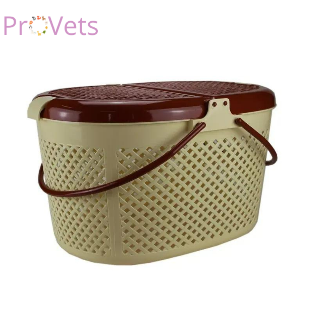Civet Cat in Pakistan ( Ultimate Guide)
Last Updated on February 9, 2023 by Dr. Ali Shahid

The civet cat is not the local species of Pakistan. They commonly found these cats in Africa, southern Europe, and Asia. We locally know this cat as Mushk Billa or Kasturi Billa. If you are looking for a Civet cat in Pakistan, we will help you out.
The common name of these cats is small Indian civets or oriental civets. The small Indian Civet is an alert and attractive cat-like animal with a pointed cylindrical muzzle. The body is sandy buff, with black spots arranged in horizontal lines.
What you need to know about Civet cats:
If you are thinking about having a civet cat as your pet, there are a few things you must know. Civet cats are usually wild animals. These are difficult to keep as pets.
The civet cats are not the cats from the Felidae family. They are more closely related to other Feliform mammals like mongooses. Therefore, the civet cats belong to the family of Viverridae. Following are a few informative things about civet cats.
Physical Traits
There are some unique features for civet cats. Its claws are sharp, well-developed, but non-retractable. The civet cat has a scent gland, so we locally know it as Mushk Billa or musk cat. The Adults weight of these cats is about 3 kg. The body length is about 45–63 cm. The tail is around 42 cm long. These cats are alert and active, and they love to play around.
Natural habitat
The Civet cats are nocturnal animals. They love to hunt in darkness. These cats, in their natural habitat, spend their daytime in underground burrows.
We find these cats near villages, landscapes, rainforests, and deciduous forests of areas like Africa, Europe, and Asia. These cats hang out near human populations to get easy prey.
Feeding habits
Because it is nocturnal, it frequently steals domestic poultry to feed. These cats eat many fruits, vegetables, insects, small rodents, and small mammals. They are enthusiastic about preying on birds and poultry.
Breeding and reproduction
Breeding occurs throughout the year. Like other felines, the Civet cats are also induced ovulators. They have litter sizes ranging from 3 to 5.
These cats usually have two estrus periods, from February to April and August to September. Therefore, they give litter only once a year. But they can breed any time during the whole year.
Life span
The animals usually survive longer in captivity due to an appropriate supply of food and fewer life risks. The civet cats can live in wild habitat for 10 to 12 years. This life span is variable in wild habitats.
However, in captivity, the civet cats have a longer life span. They can live for more than 20 years in captivity. But, we do not recommend it to keep civet cats as exotic pets in the house.
Behavior
Civet cats are usually nocturnal mammals. They love to come out at night and live solitary on their own. These animals can prey on small mammals and eat fruits and vegetables.
You can also find them near the human population in areas where they are frequent. They do not communicate within their population except during mating time. The territorial marking is done by feces and urinating.
Civet Cats as Pets in Pakistan
It is very rare to find a civet cat as a pet in Pakistan. People keep a civet cat as a pet to capture and kill the rodents and pests, sell their fur, and get civet oil from the oil glands of these pets. However, their capture and sale are illegal because of their endangered population in the region.

Dr. Ali Shahid is a veterinarian by profession and CEO at provets. He loves to treat animals and has great expertise in veterinary products. Our aim is to provide the best information related to your animal health.






